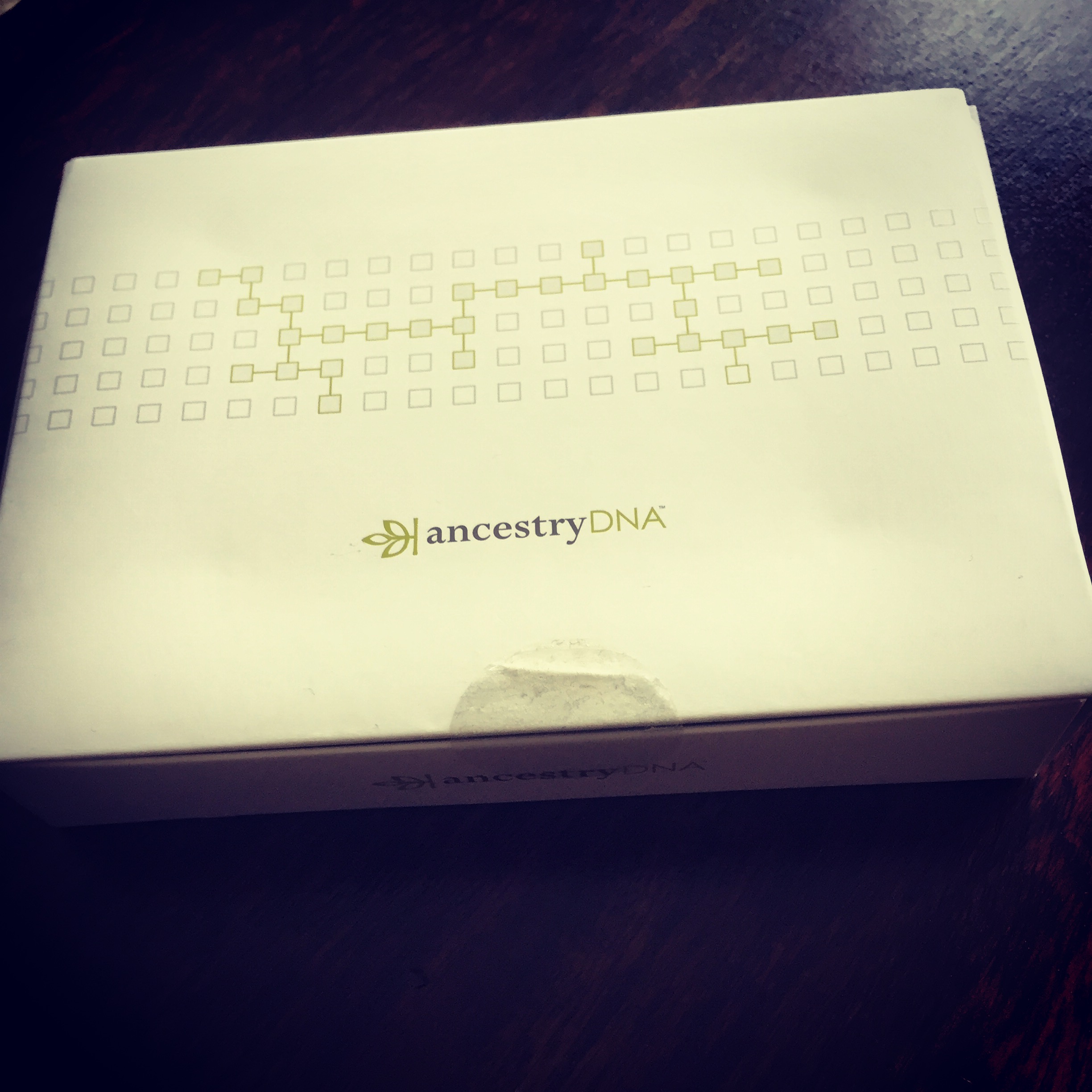I’m a huge fan of Finding Your Roots. I’m fascinated by history, lineage and the stories that connect people in ways beyond the nuclear family. My eyes widen whenever Dr. Henry Louis Gates, Jr. has his guest eagerly unroll the scroll containing their family tree. Several years back, I purchased my own genealogy software. It took me all of 10 minutes to complete my bloodline. I had the name of my mother and her parents – the Kings, the only name I’d known for years until requesting, in 2003, a 9-page file of my foster-care records, which provided me the name of my paternal family – the Woodards. In addition to a father I never knew and his parents, there was supposedly a half-brother. The agency also provided me the name of my younger sister, who happened to have been adopted by the son of my foster mother – the only mother I’ve known. I’m still figuring out how to map this on a family tree.
In June of 2015, I finally decided to start the formal process of piecing together my family lineage. Ordering the Ancestry DNA Kit was a first step. Baby steps. While I wait for the results, I know I need to see about getting my full records, something I’ve been putting off out of fear. As it was, when I first requested my records, they insisted over and over – and I mean over – that I not be alone when I opened my file. I assured them I’d have my husband by my side, yet that did little to assuage the director of the agency. Instead, some weeks later, I received my truncated history in the mail. The contents contained my medical records from age four to twenty, three pages of psychiatric notes recorded in 1986 – two of which were duplicates – and a two-page summary of the 17 years I spent in foster care.
From the two paragraphs of family history provided, I learned that both parents were drug addicts, and that my mother was constantly in and out of psychiatric hospitals. In fact, she checked herself into one shortly after placing my sister and I in foster care. The records also indicated that my father, who may or may not have been my sister’s father, had tried a couple of times to regain custody of me. By then, my sister had already been adopted, though she would not learn of this until she was in high school. I, on the other hand, having mastered the art of keeping secrets at an early age, was fully aware of the jumbled family tree we were creating.
I know family is more than just blood and DNA. I also know how extremely lucky I was to have been placed in a home for 17 years. My foster mother – my mother – took in a total of 16 children. I was number 4 and, although never being officially adopted, the only one to remain. While I did not rotate from home to home, my home was definitely a revolving door of familial instability. I owe my creativity in creating characters to the many substitute brothers and sisters who were both allies and adversaries. Some stayed days, some weeks, others months, even years. But one thing was consistent: they always left. While they arrived grouped in twos or threes, I was to remain a solo act, something that has made me suited for this career in writing. Seventeen years of consistent inconsistency. If I could map out those 17 years, what would that family tree look like?
My childhood has influenced me. The way I see and interact in the world, the decisions I’ve made and continue to make and, more importantly, who I let in and out of my life. I’m a slave to my history, however short it is. Maybe expanding it, opening it up to a wider range, may offer greater opportunities for growth.
Surprisingly, I am not overly anxious to receive the DNA results. I doubt they will help shed light on the nightmares of a bereft four-year old girl. Or, maybe, just maybe, they will. Stay tuned…
